
Nickel allergy is an immune reaction of the body in response to contact with this common metal found in many everyday objects such as jewelry, zippers, kitchen utensils, and even food. It is a widespread condition in Italy, with estimates varying depending on detection methods and reference sources: it ranges between 10-15% and 30% of the population. What is confirmed from all fronts, however, is that females are more affected, possibly due to greater exposure to this metal through the use of jewelry, cosmetics, and detergents. This situation is less common in children but still present: it is estimated that about 1 in 10 in our country suffers from it.
The allergy can manifest with skin symptoms and, in more severe cases, with systemic symptoms. The skin symptoms of Allergic Contact Dermatitis (ACD) are:
The symptoms of Systemic Nickel Allergy Syndrome (SNAS) can cause more extensive reactions when ingested with food:
The diagnosis is made by a dermatologist or allergist through:
There is no definitive cure for nickel allergy or sensitivity, but strategies can be adopted to reduce symptoms, such as avoiding contact with the metal by choosing clothes and jewelry that are free of it (surgical steel, titanium, nickel-free silver 925, plastic, or ceramic) and wearing protective gloves if handling it. The same goes for choosing cosmetics and, of course, foods. In the latter case, the level of restriction and caution varies based on the severity of the personal situation. As always, it is advisable to rely on relevant specialists in the field to find the most suitable balance for one's needs.
Some foods are particularly rich in this metal and should be avoided by those allergic to it. For other foods, it depends on the level of personal sensitivity and other factors, as the concentration varies depending on the soil, processing methods, and environmental conditions. Cooking also makes a difference: cooking in stainless steel pots can increase contamination (as with canned food). It is better to prefer glass, ceramic, or non-stick without heavy metals.
In general, nickel-rich foods, to be excluded in case of severe allergy, are:
Low-nickel foods, which offer more tolerance, are:
Safe recipes
No worries: there are still many and varied safe recipes for those with an allergy or sensitivity to this metal. For example, soups made with fresh vegetables, risottos prepared with white rice, or lean meat dishes cooked in the oven are excellent choices. Need some advice on how to creatively and deliciously combine these ingredients? On Tuduu, you will find many ideas and dishes designed for you by our expert food creators 😉
We couldn't find any recipes that match your search criteria. Try adjusting the filters.
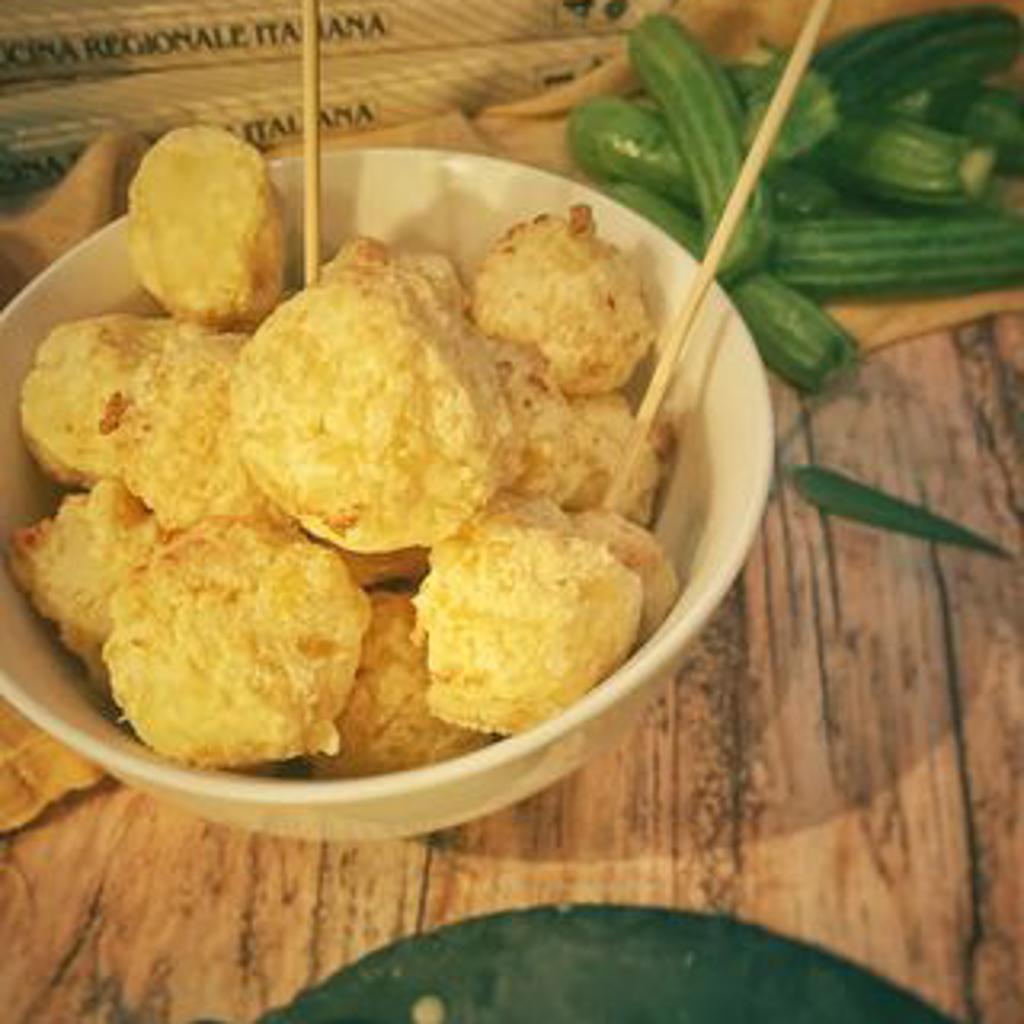
Viaggiando Mangiando
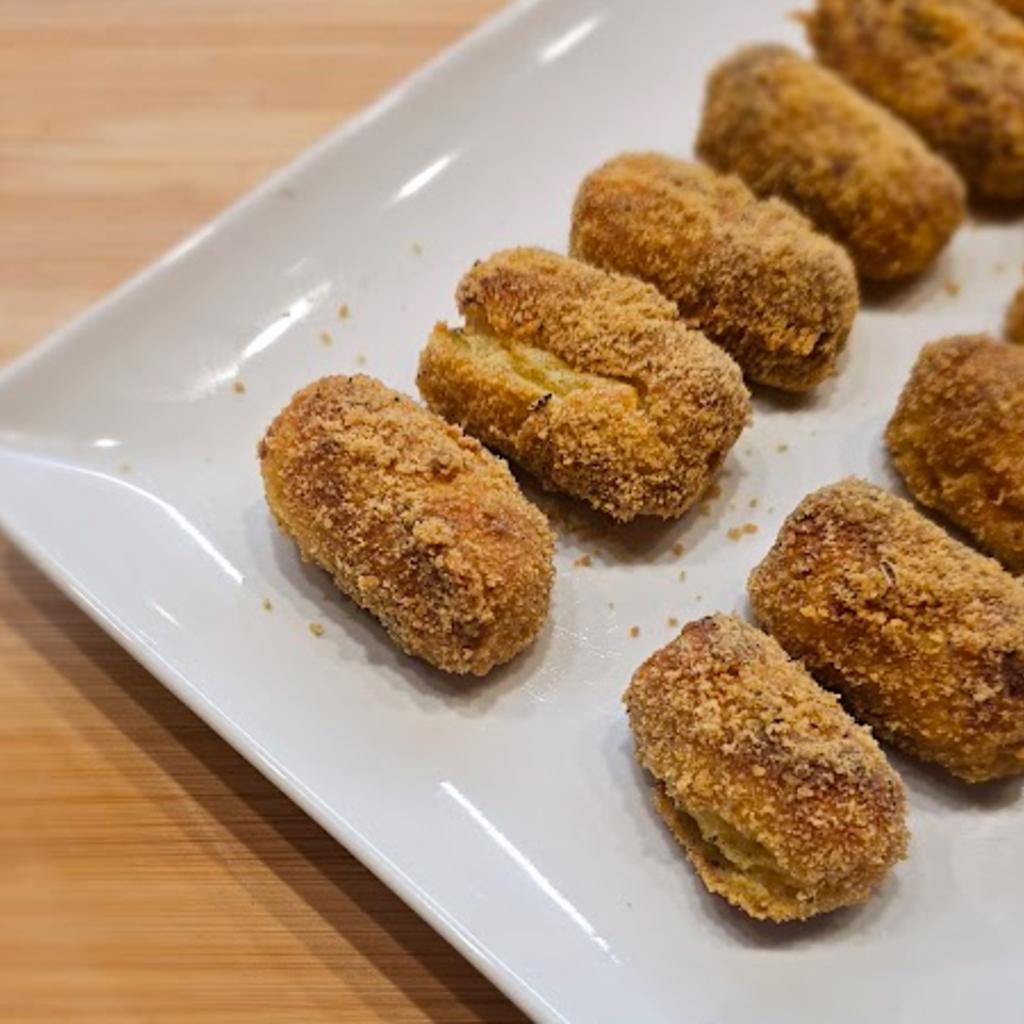
Breaded Potato Croquettes with Gluten-Free Taralli
Elena|CeliachiaStanca
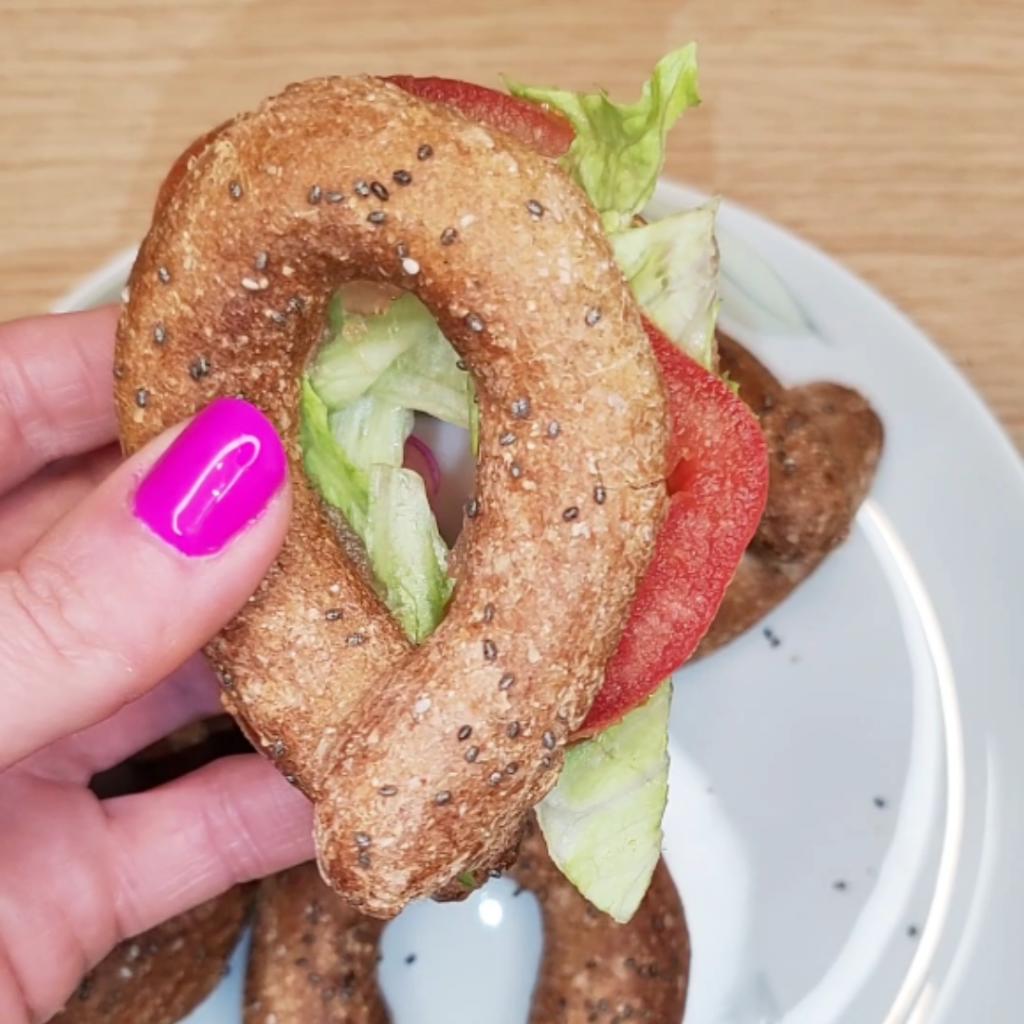
Whole Wheat Bagels with 3 Ingredients
Spuntini.zerosbatti
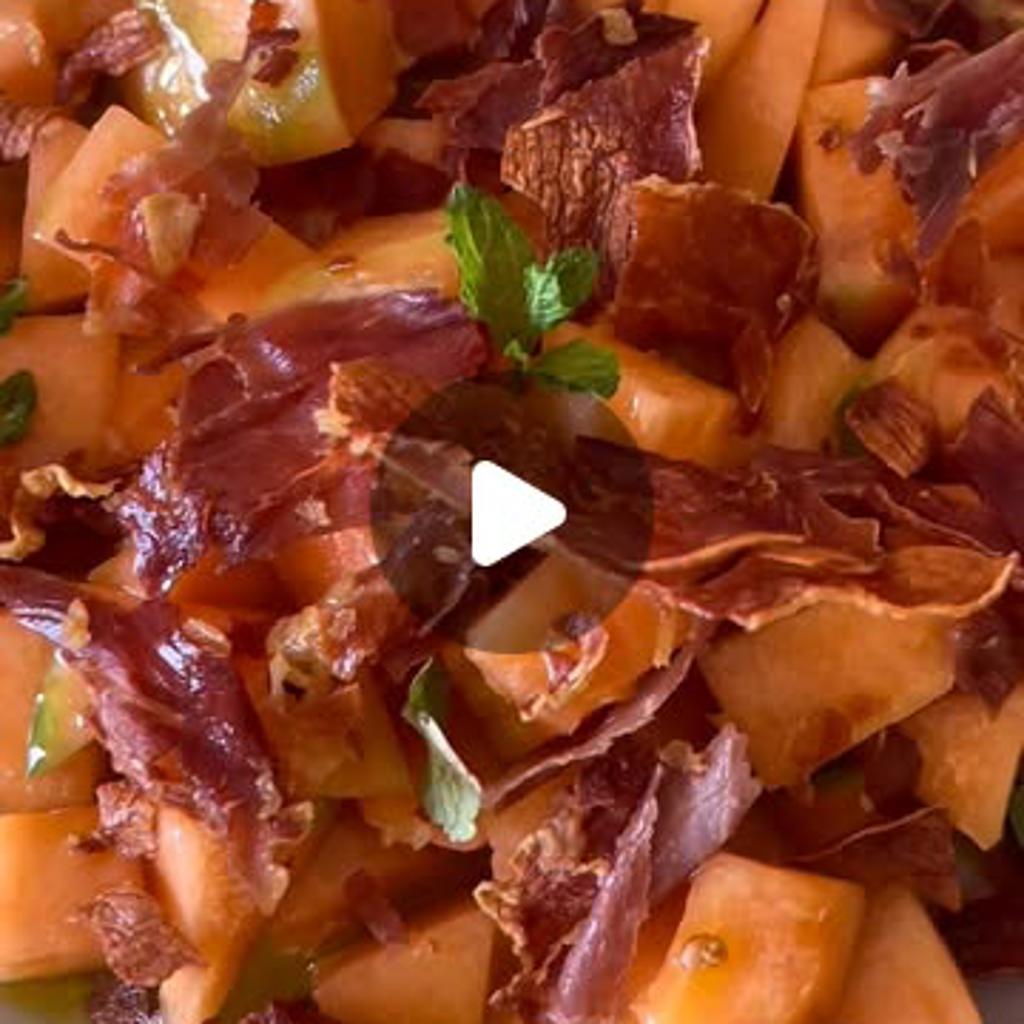
MescolaBene
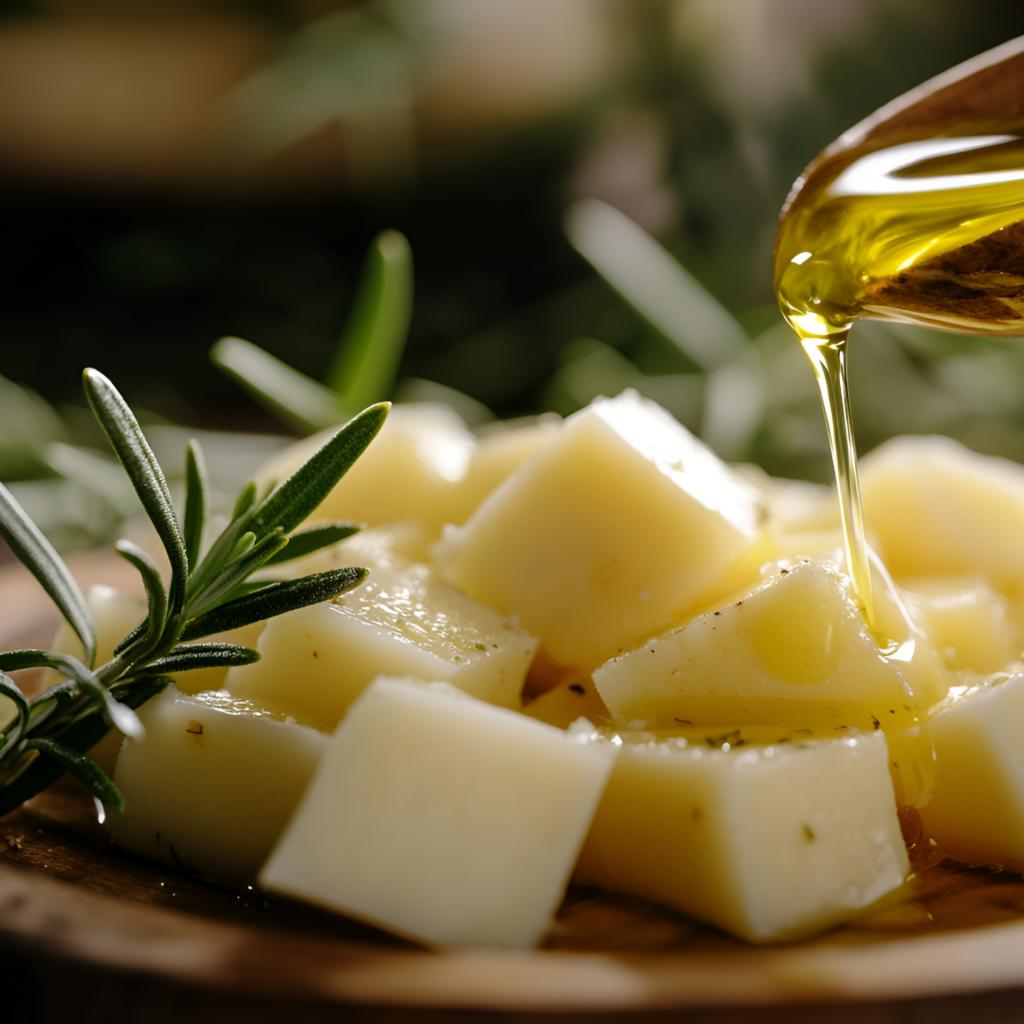

Pecorino Il Tenero with Honey and Rosemary
Vandelli Formaggi

Manu food writer
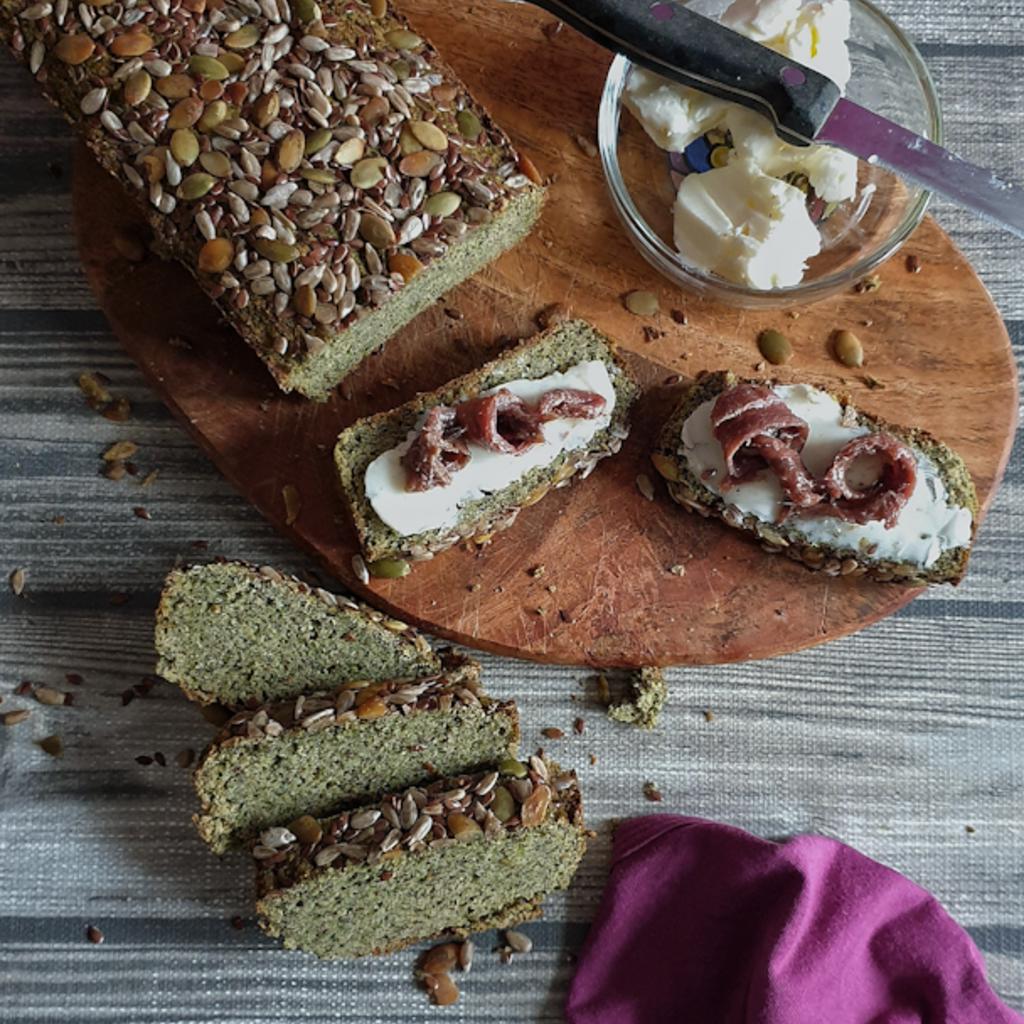
di_bina_in_meglio
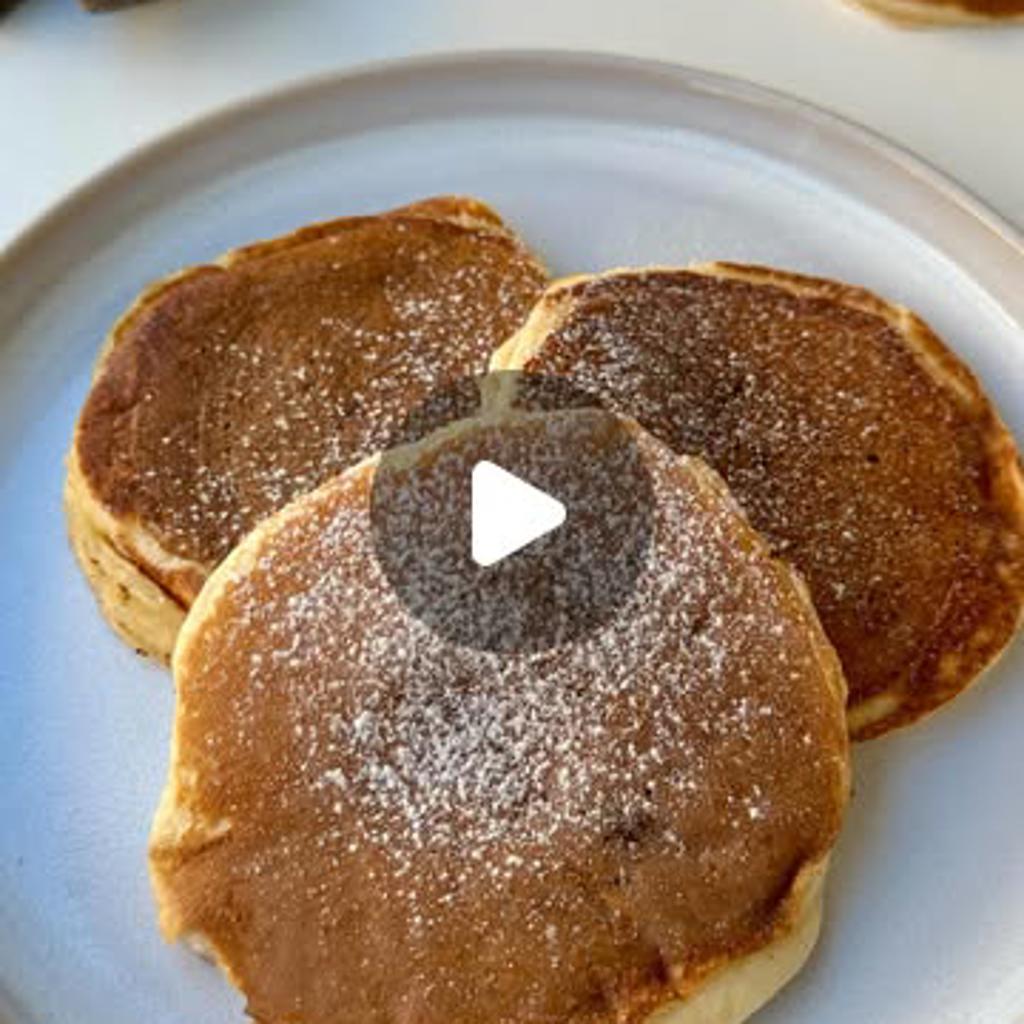

Protein pancakes without sugar
Fitporn® - Healthy Food, Looking Good.
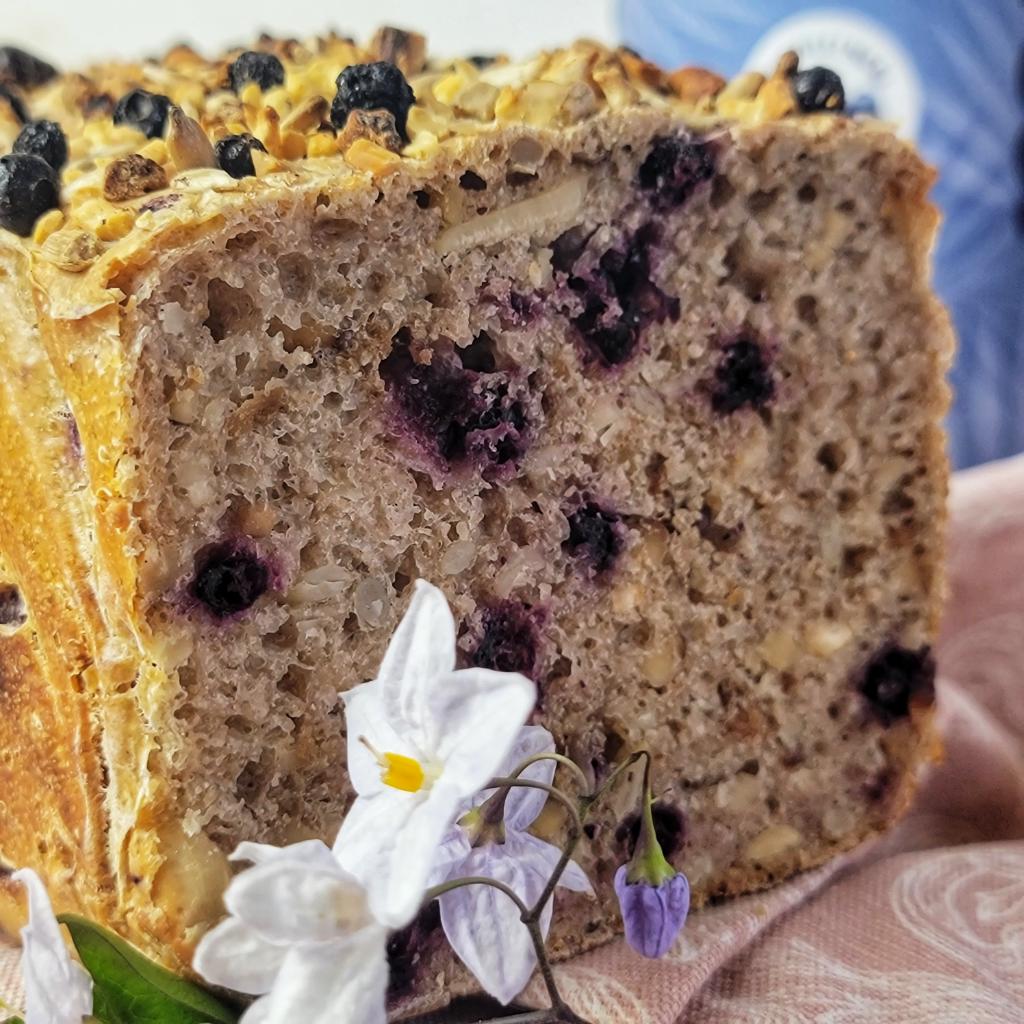
Homemade bread with paleo blueberry muesli
Cucinare_per_te
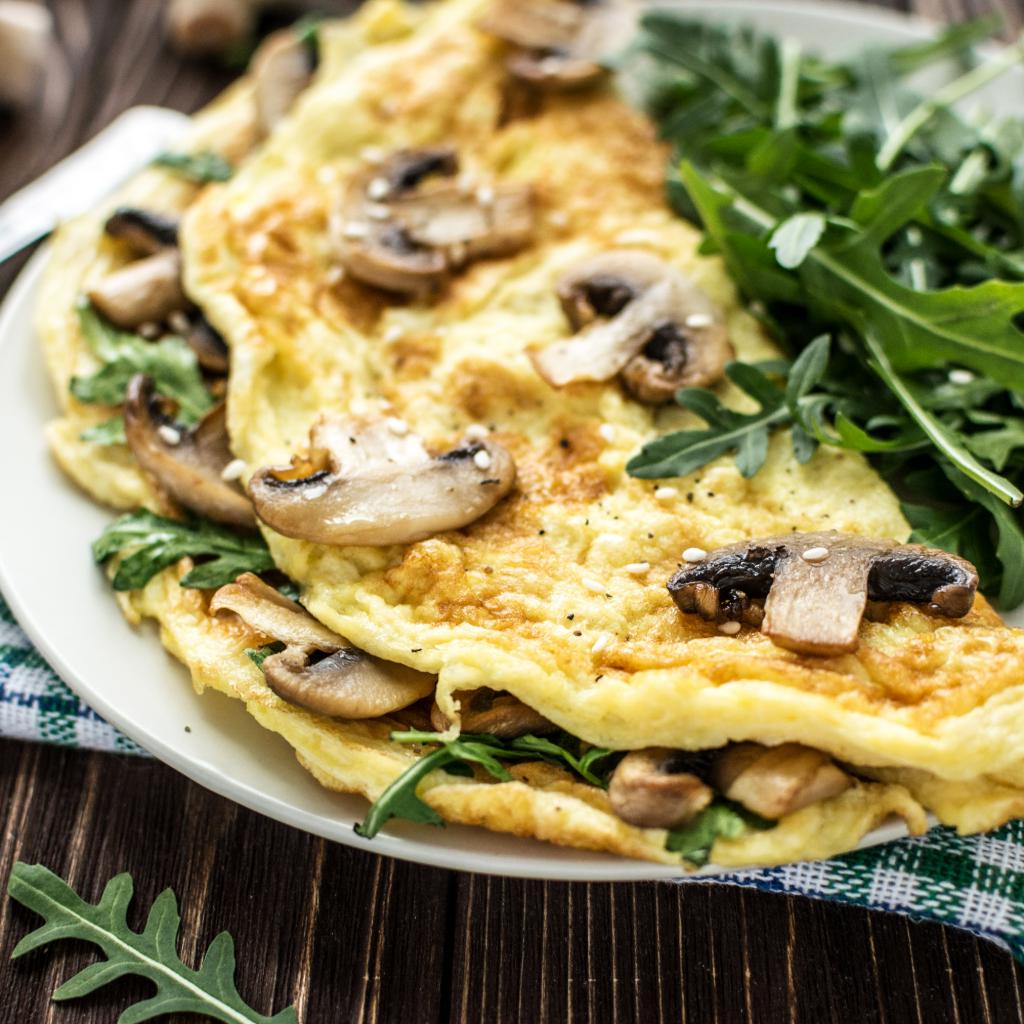

Omelette with mushrooms, arugula and Fontina Valdostana di Alpeggio
Vandelli Formaggi

Soft Chocolate and Cappuccino Brioches
Impasta_con_rosy

Le ricette di Tuduu

Tuduu

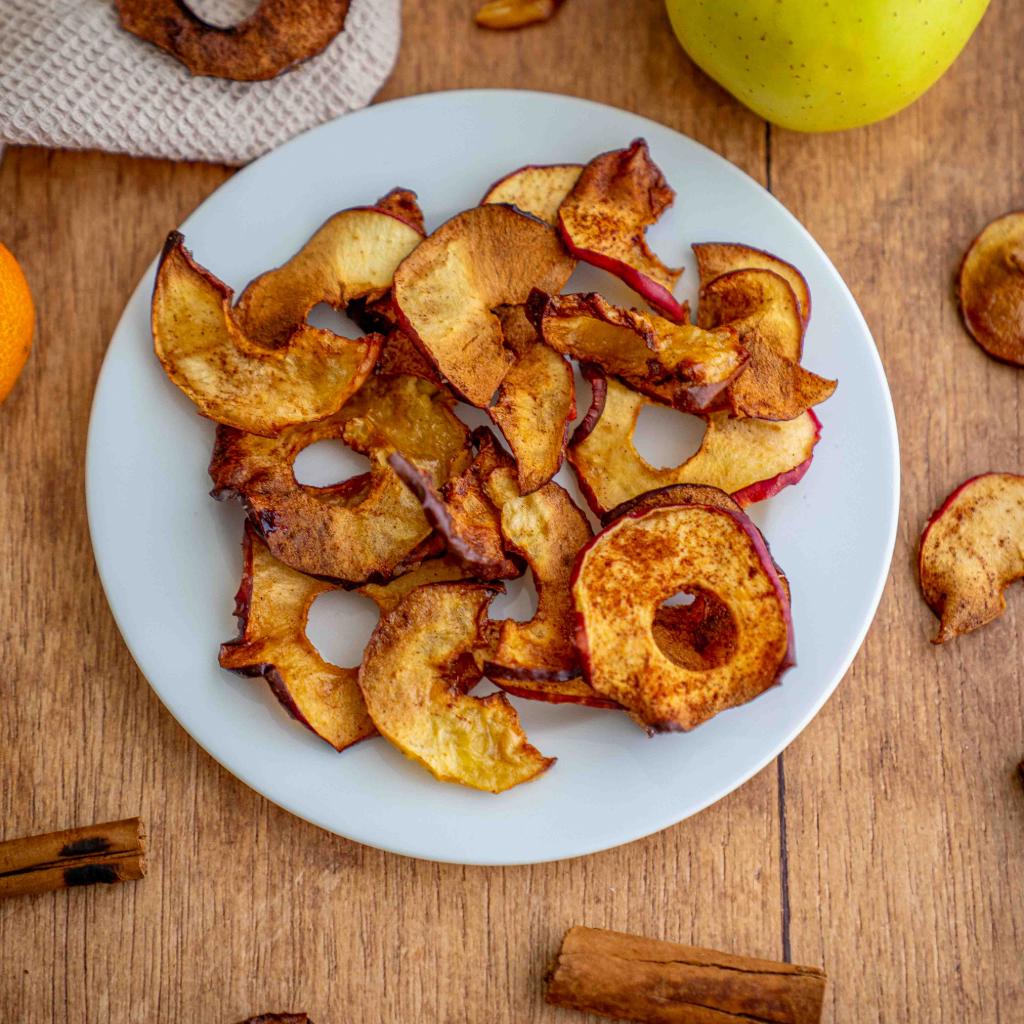
Manu food writer

Magic Apple Cake (gluten-free, flourless)
Iamfitandsweet
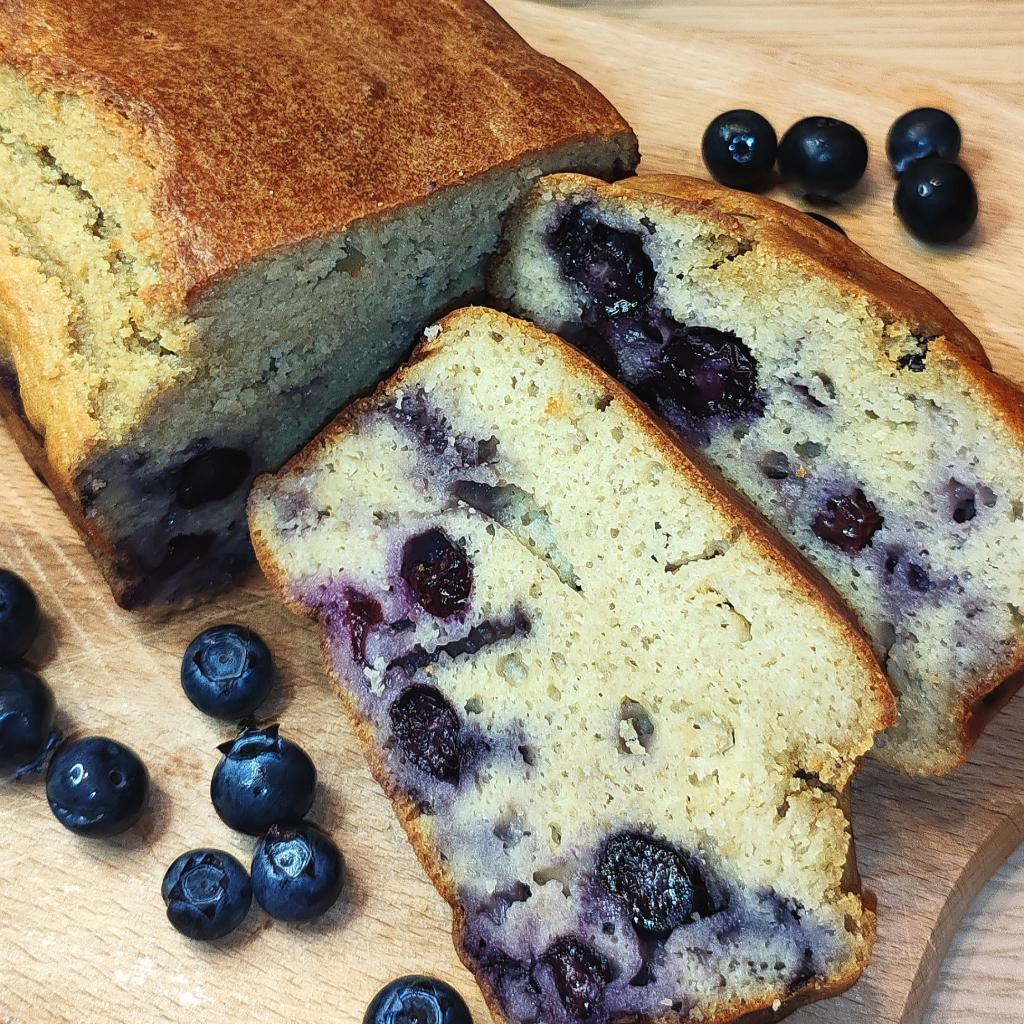
Spuntini.zerosbatti

Kiwi and Yogurt Cake: Two Recipes
di_bina_in_meglio
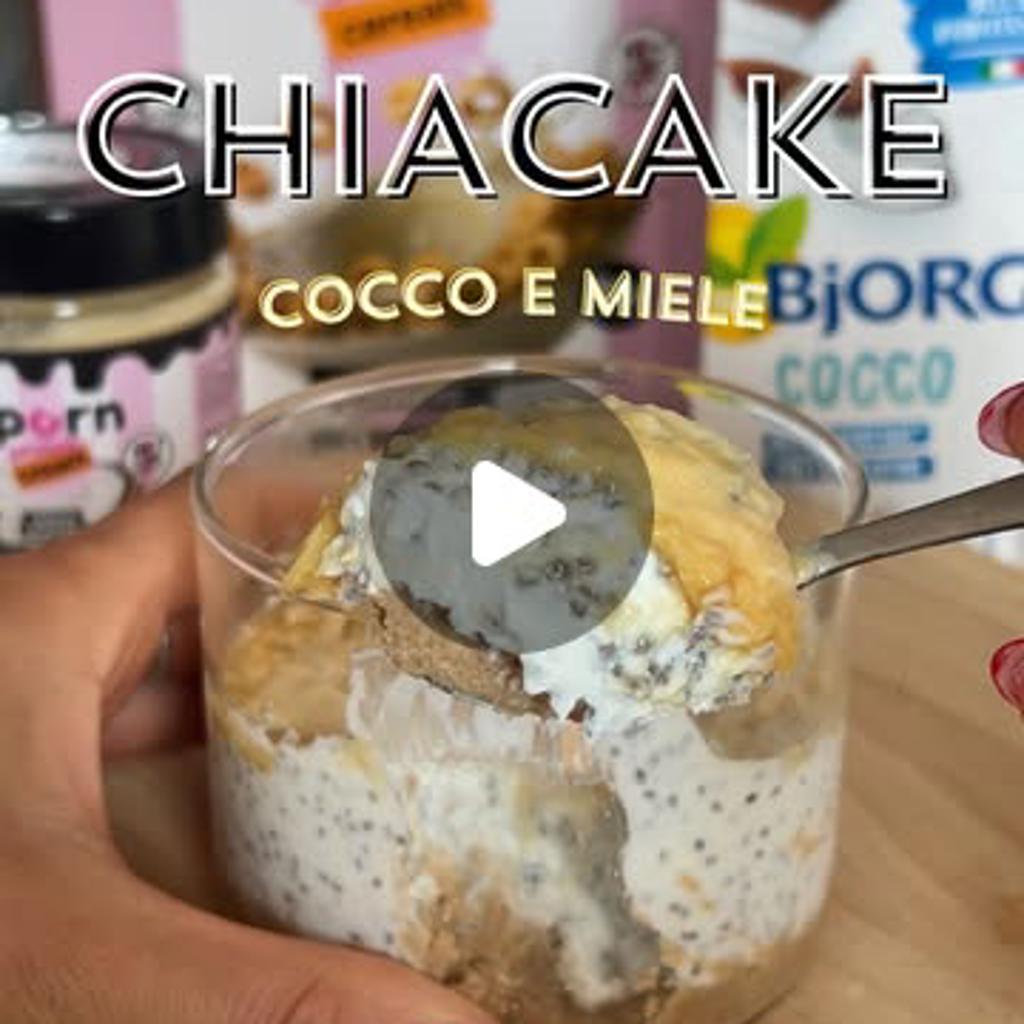

Protein Cheesecake with Coconut and Honey
Fitporn® - Healthy Food, Looking Good.

Stuffed Conchiglioni with Pumpkin Bechamel
EASYCLARISSA
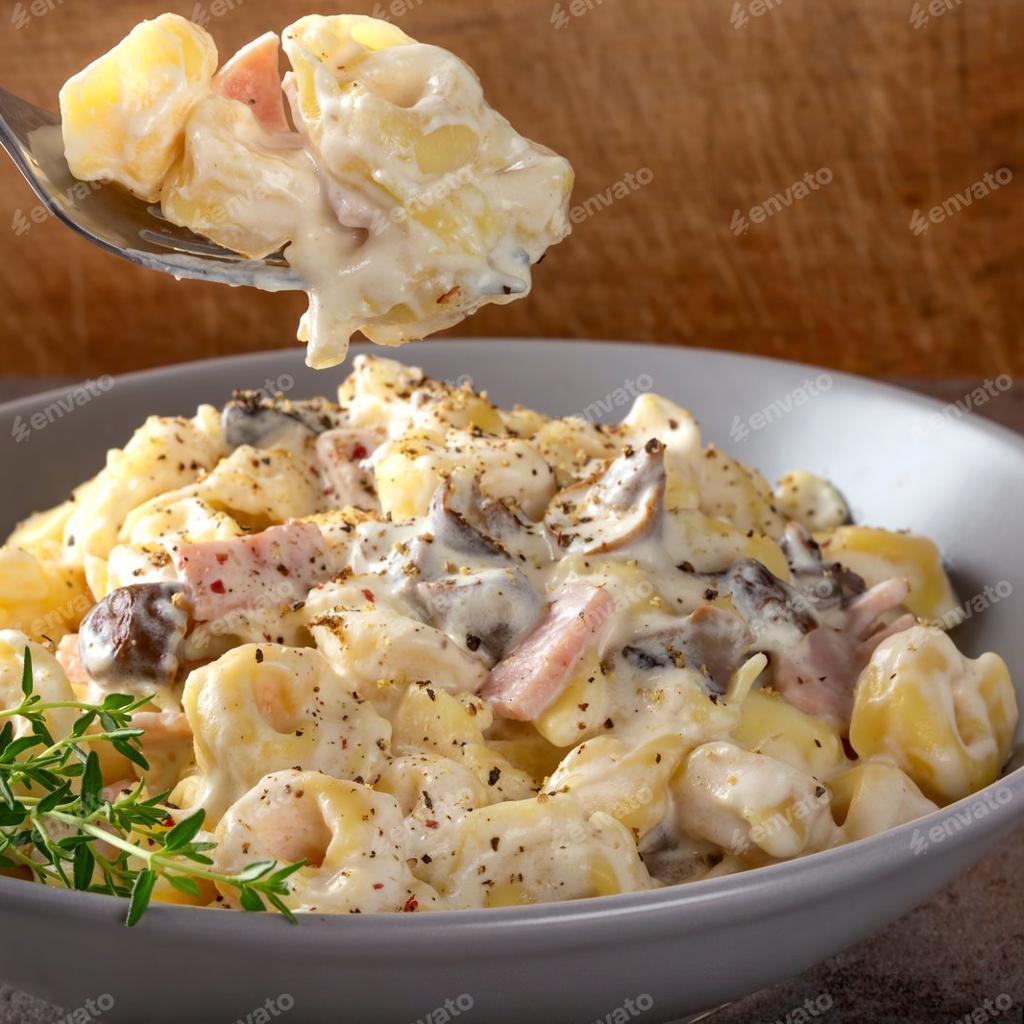
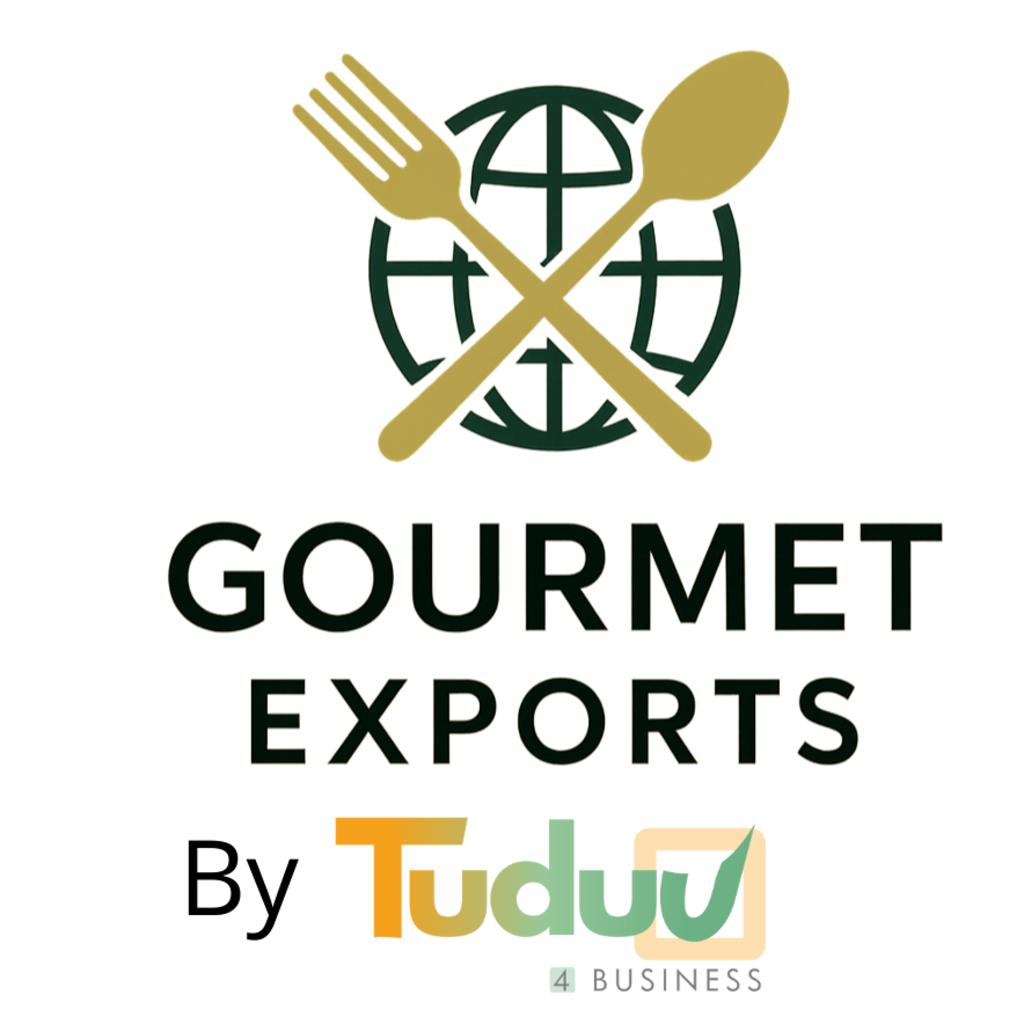
Tortellini with cream, ham and mushrooms
Gourmet Exports
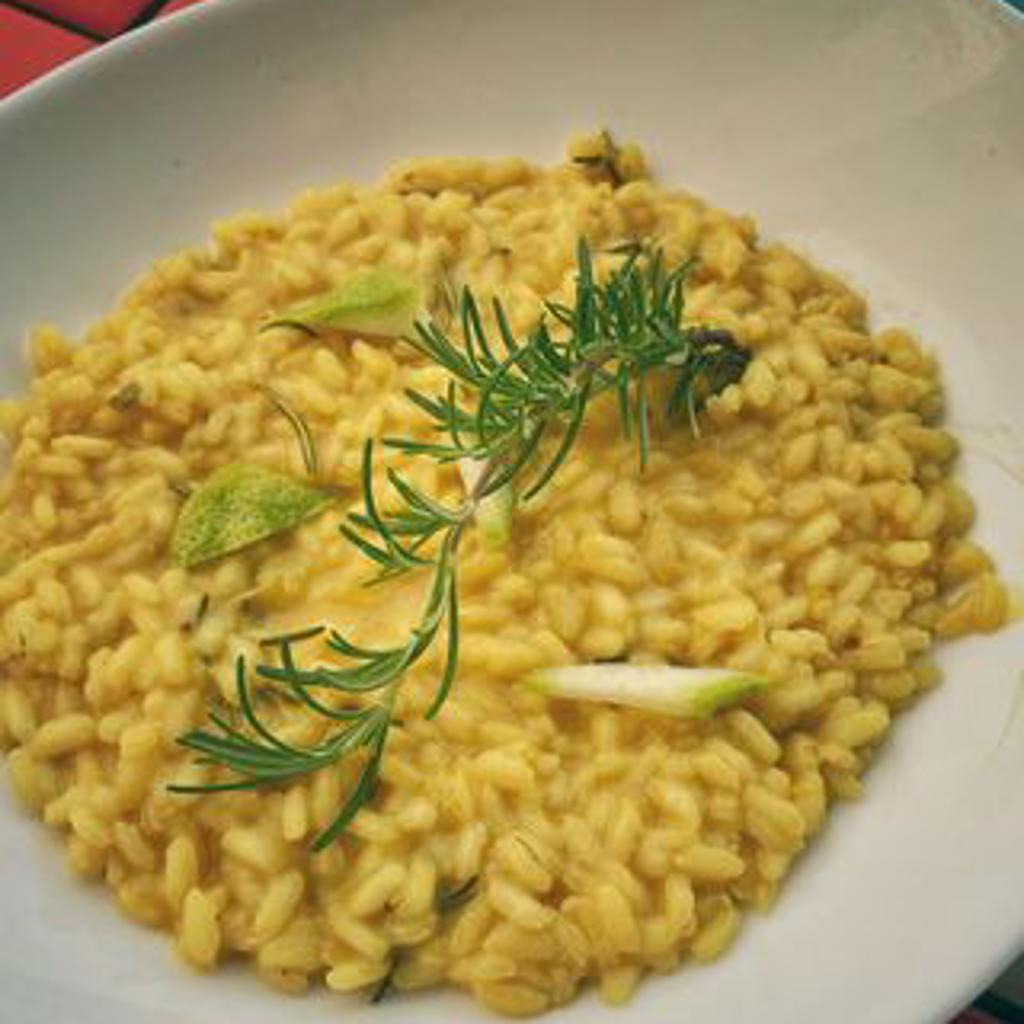
Viaggiando Mangiando
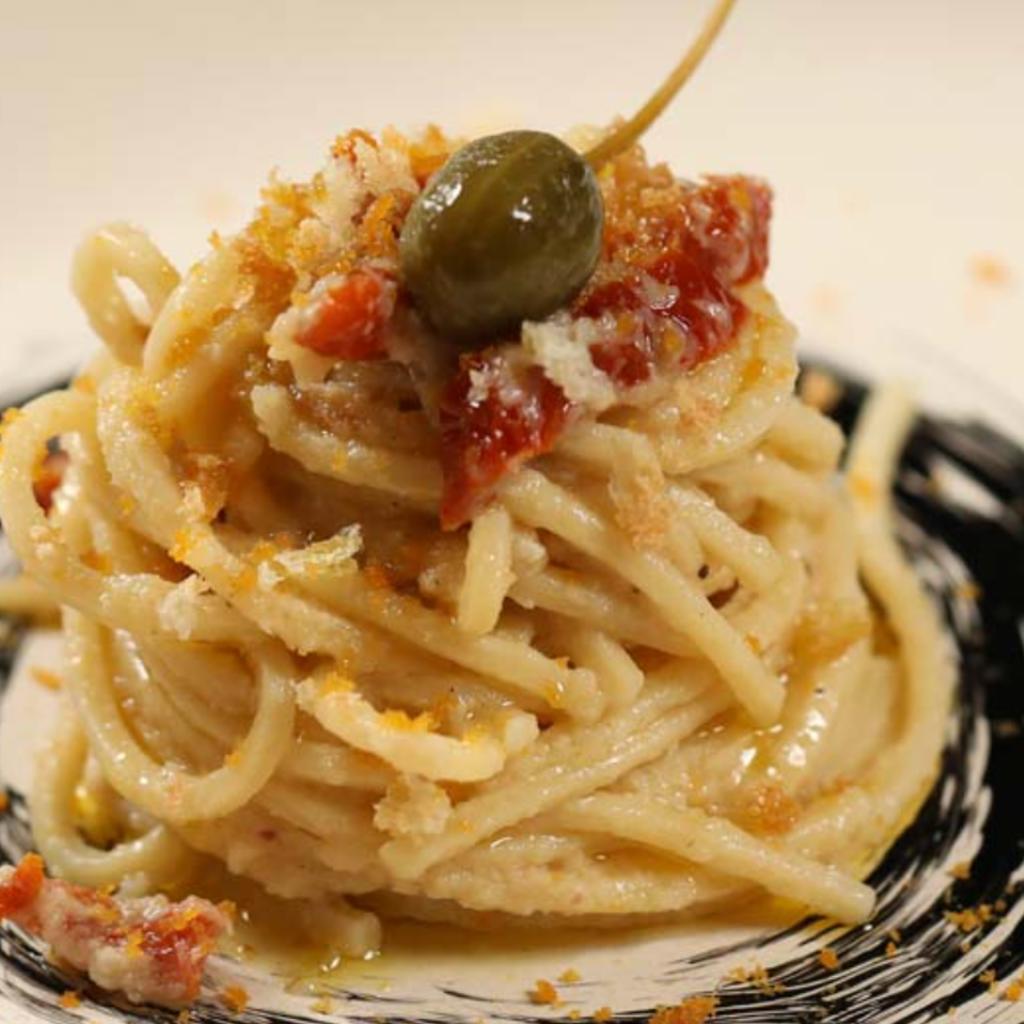
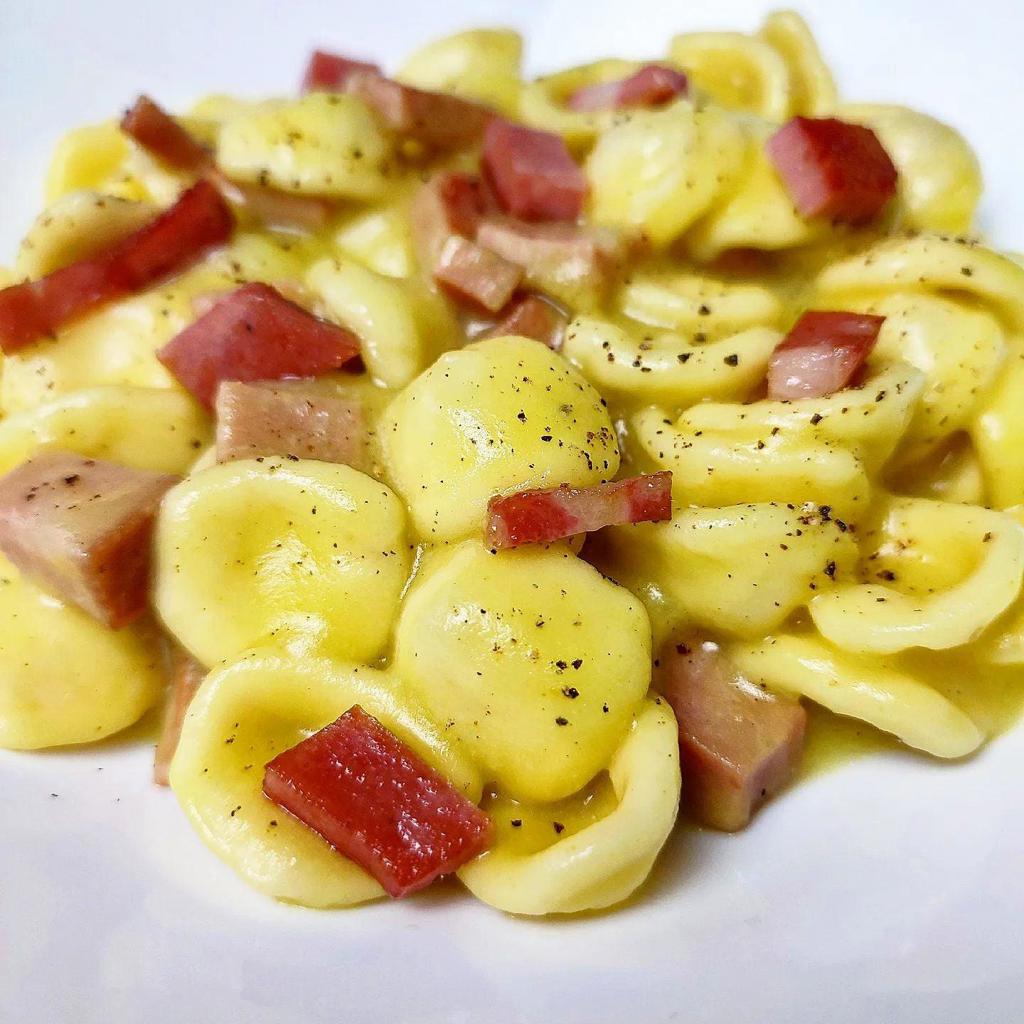


Calamarata with broccoli and Parmigiano Reggiano wafers
Vandelli Formaggi


Fusilloni with Turnip Cream, Clams, and Crispy Peppers
Azienda Agicola F.lli De Bonis
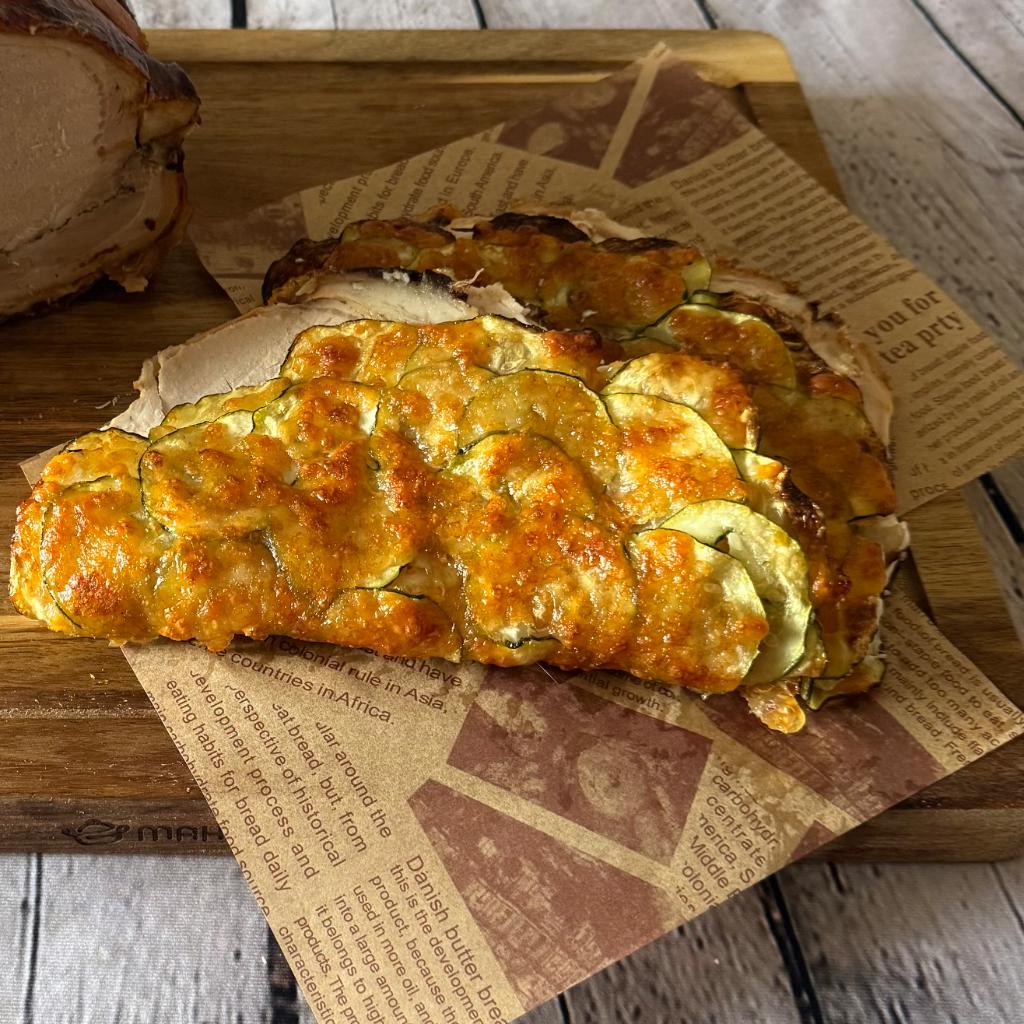
Zucchini flatbread without flour
lottoconladieta
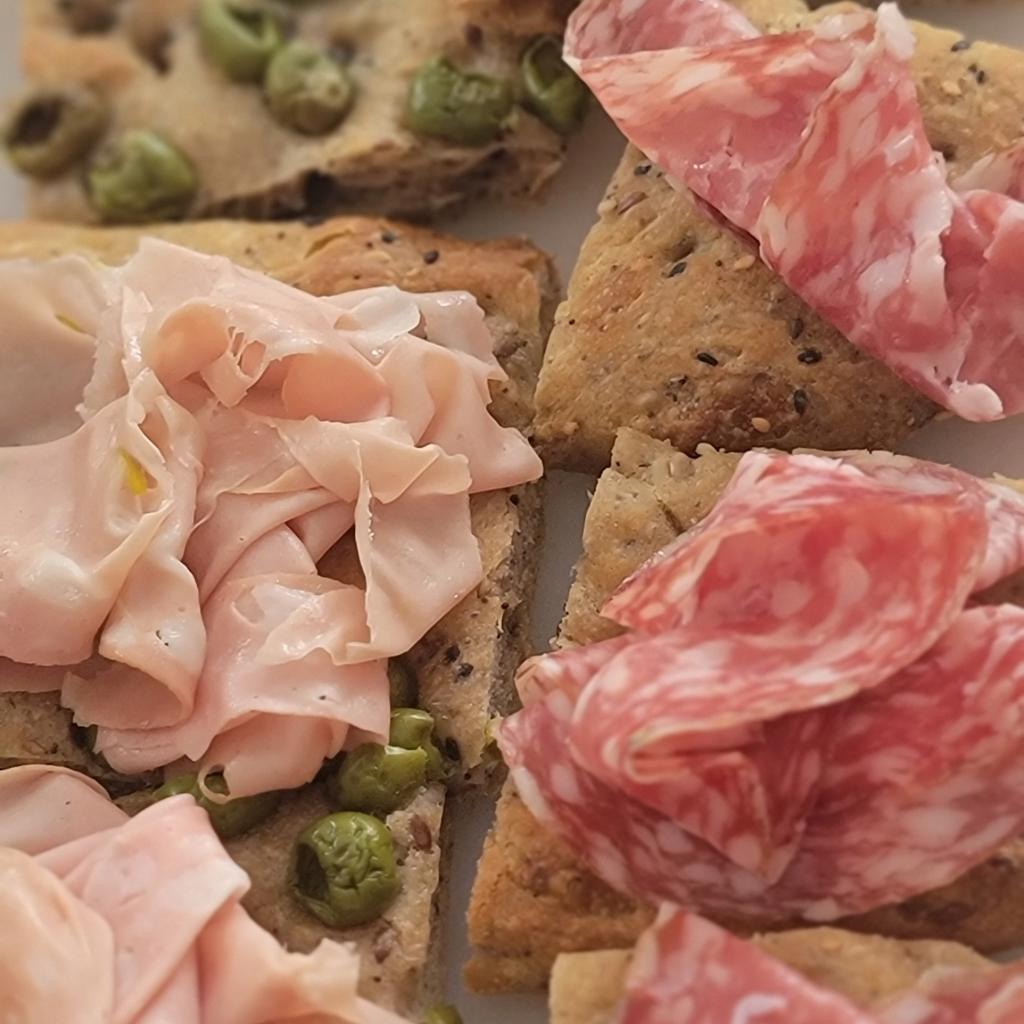
Cucinare_per_te

Avocado buns with Greek yogurt
di_bina_in_meglio
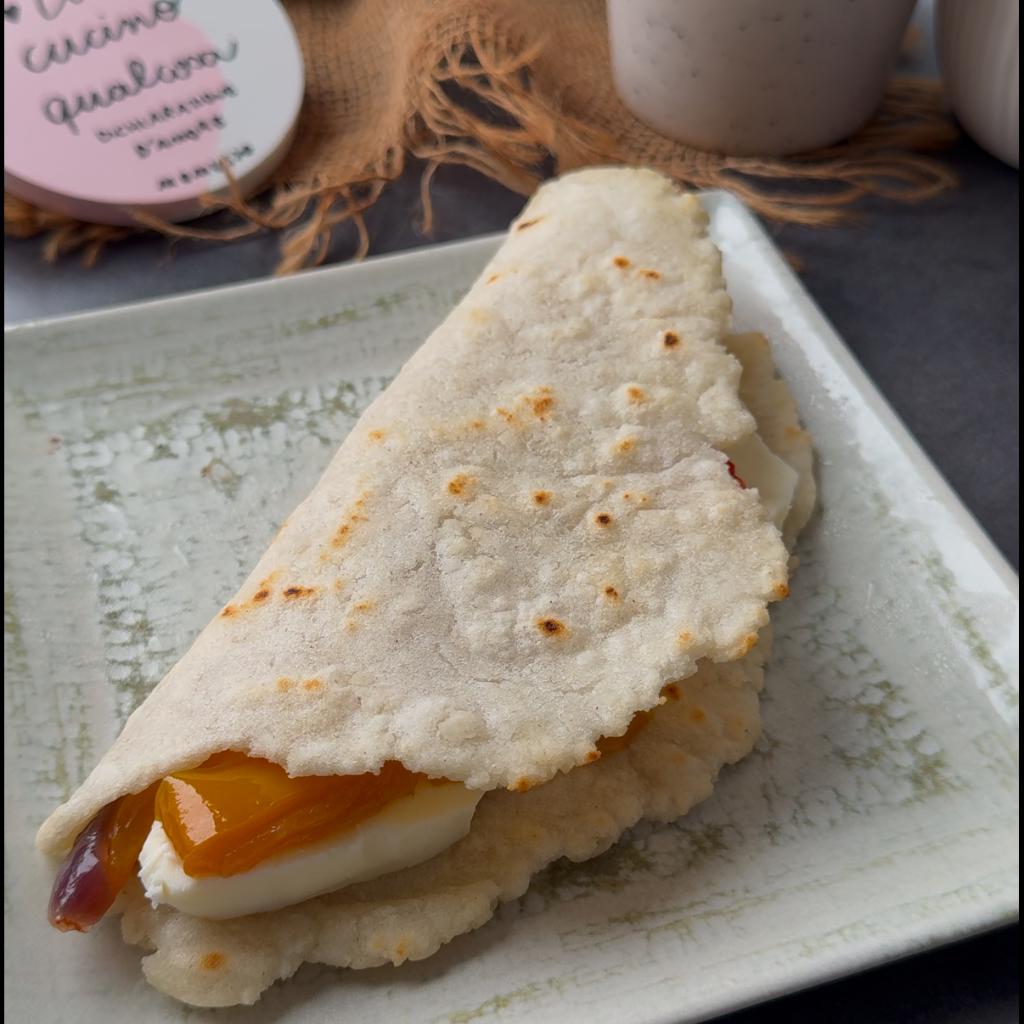
EASYCLARISSA

Bruschetta with Sausage, Stracchino, and Turnip Greens
Spunticulinari

Puff Pastry Crown with Potatoes, Sausage, and Provola
Ilmiopiattoacolori
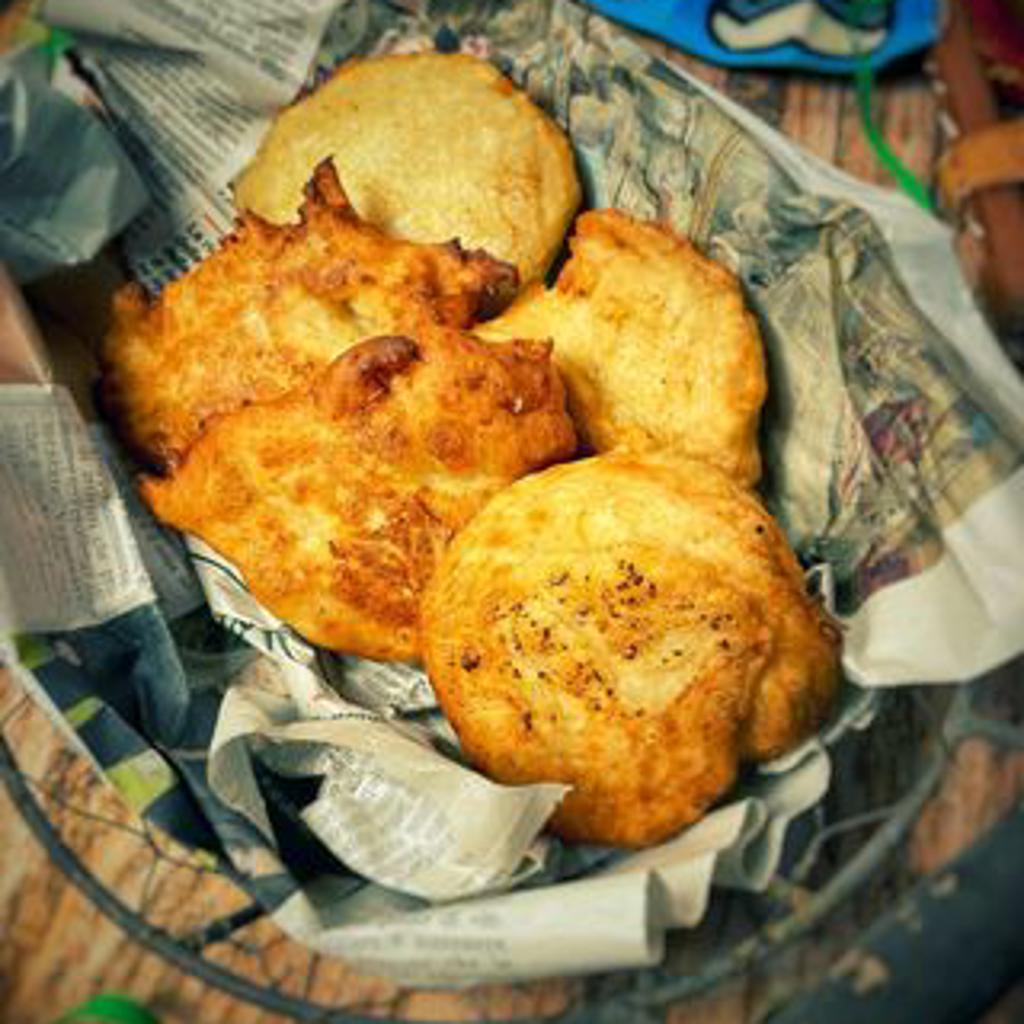
Viaggiando Mangiando

sabrina_abate
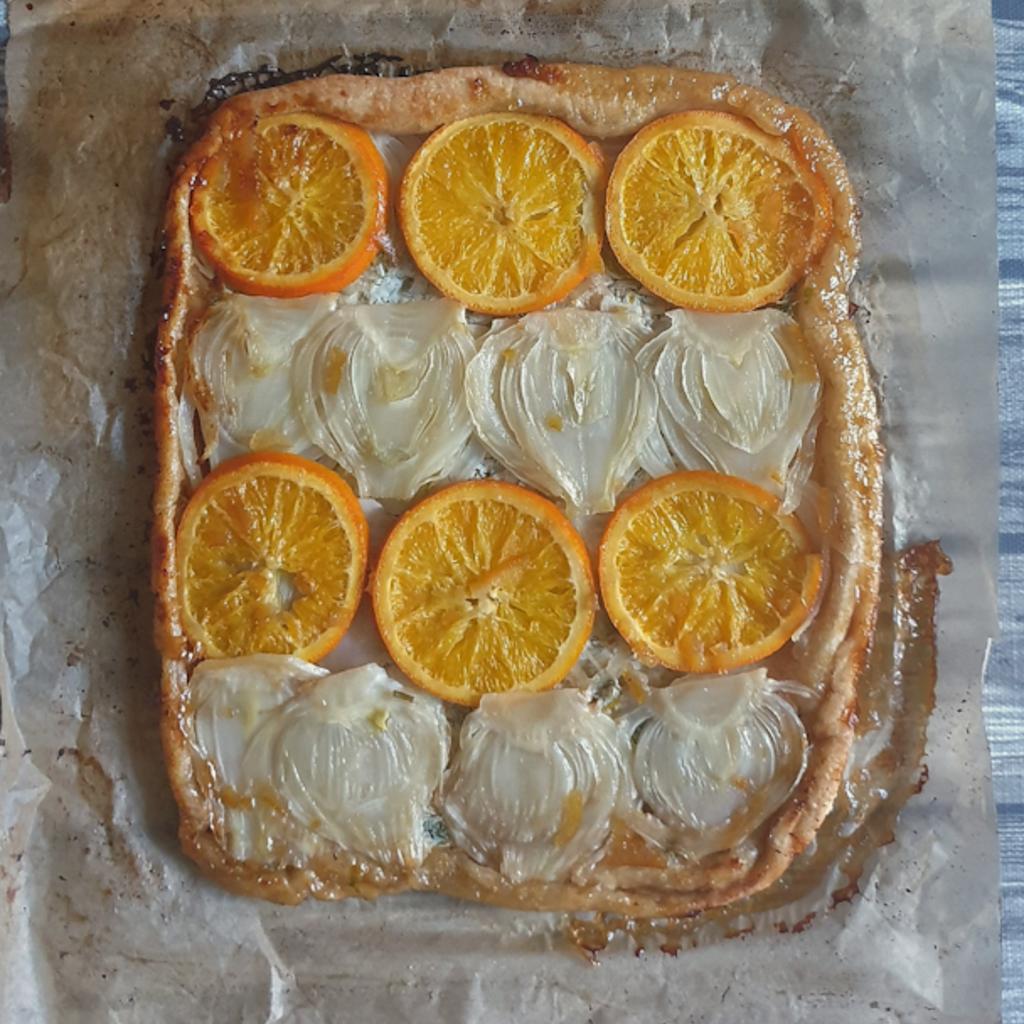
Tarte Tatin with Fennel and Oranges
di_bina_in_meglio
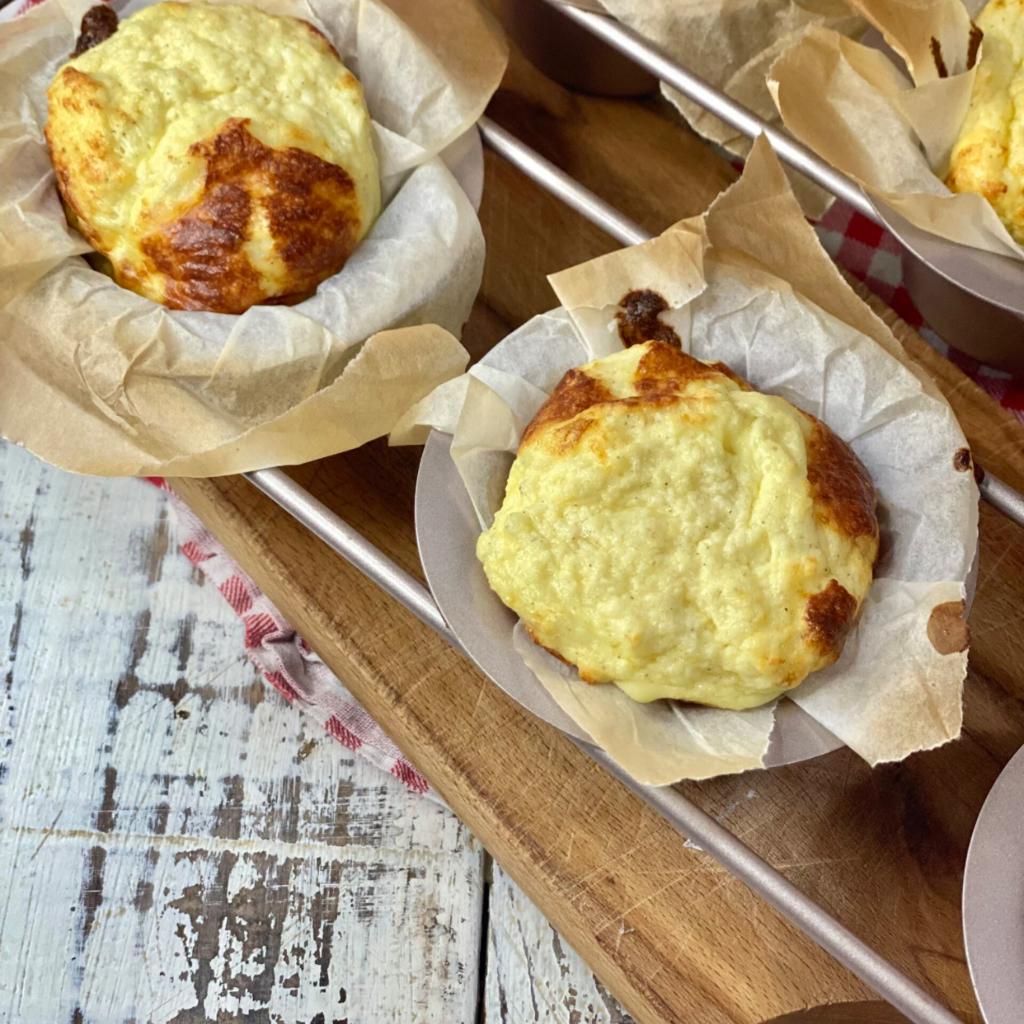
Savory Fluffy Cakes (Flourless)
Annamariachef2.0
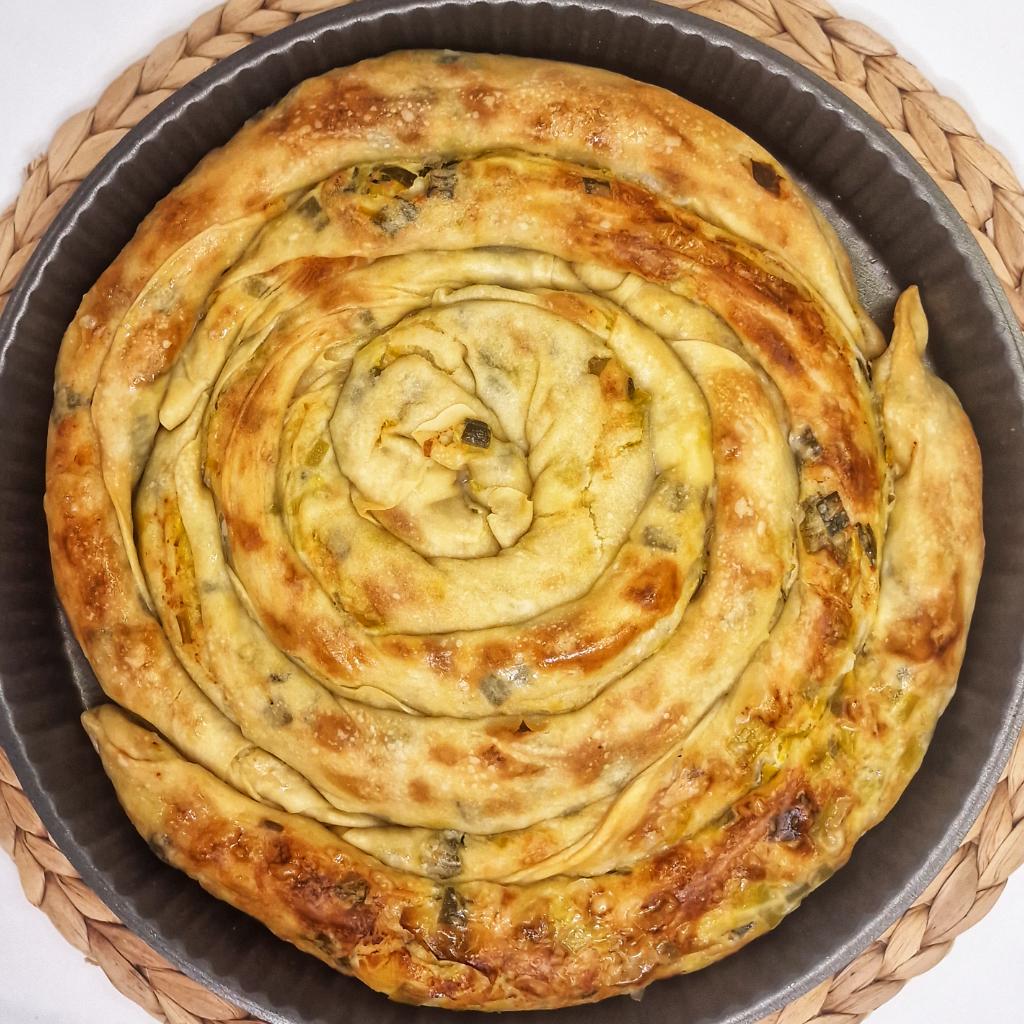
Byrek with leeks and lactose-free ricotta
Persaincucina
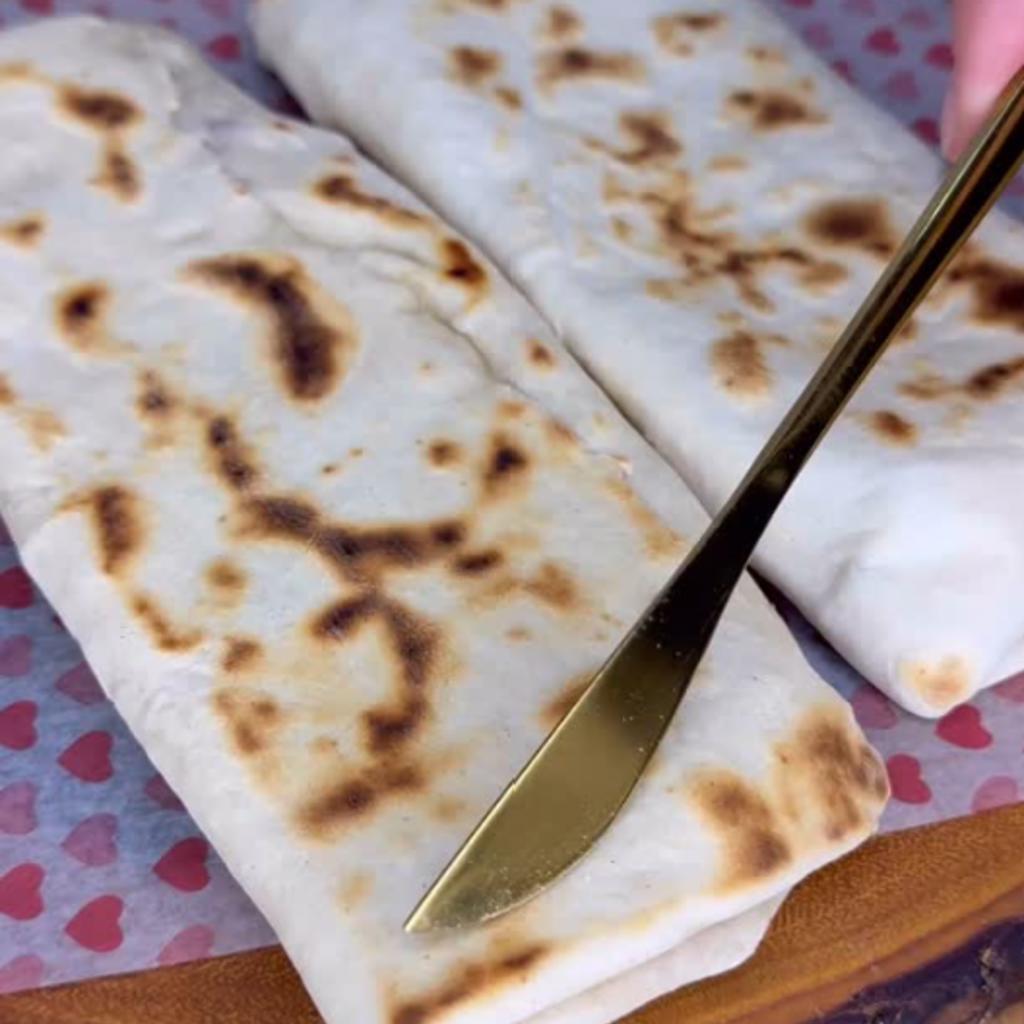
Le ricette di Tuduu


Rustic Oven-Baked Potato Sticks with Parmesan and Rosemary
Vandelli Formaggi

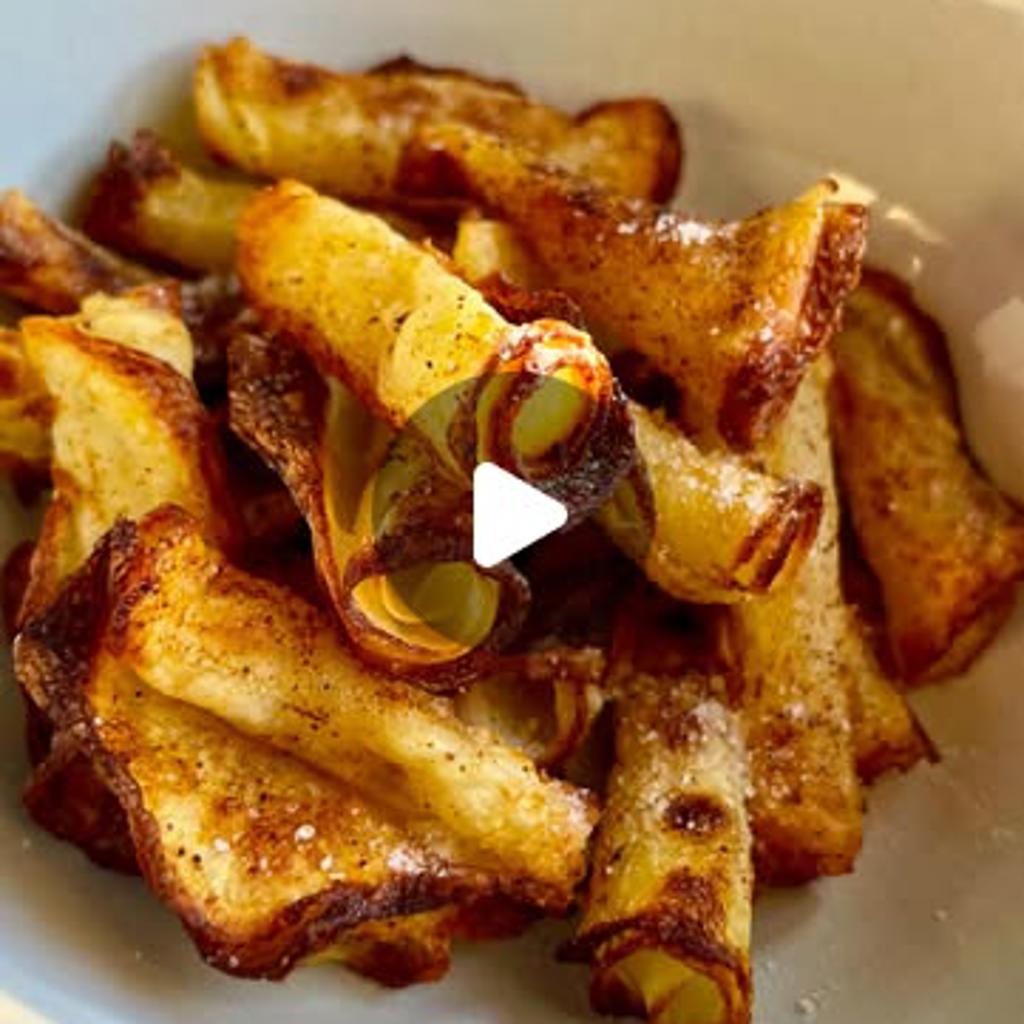
Ultra Crispy Non-Fried Potato Chips
Ilmiopiattoacolori

Le ricette di Tuduu

Impasta_con_rosy
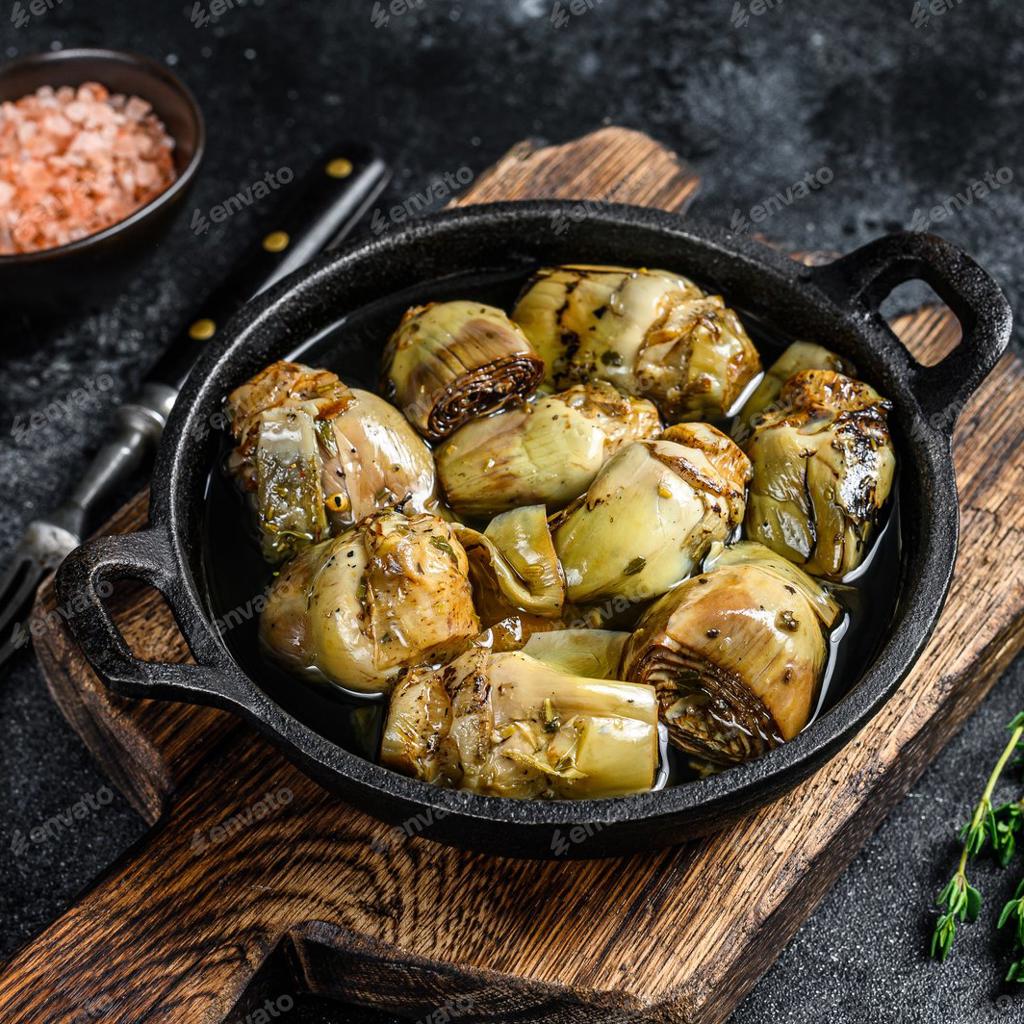

Grilled Zucchini with Garlic and Rosemary
Persaincucina
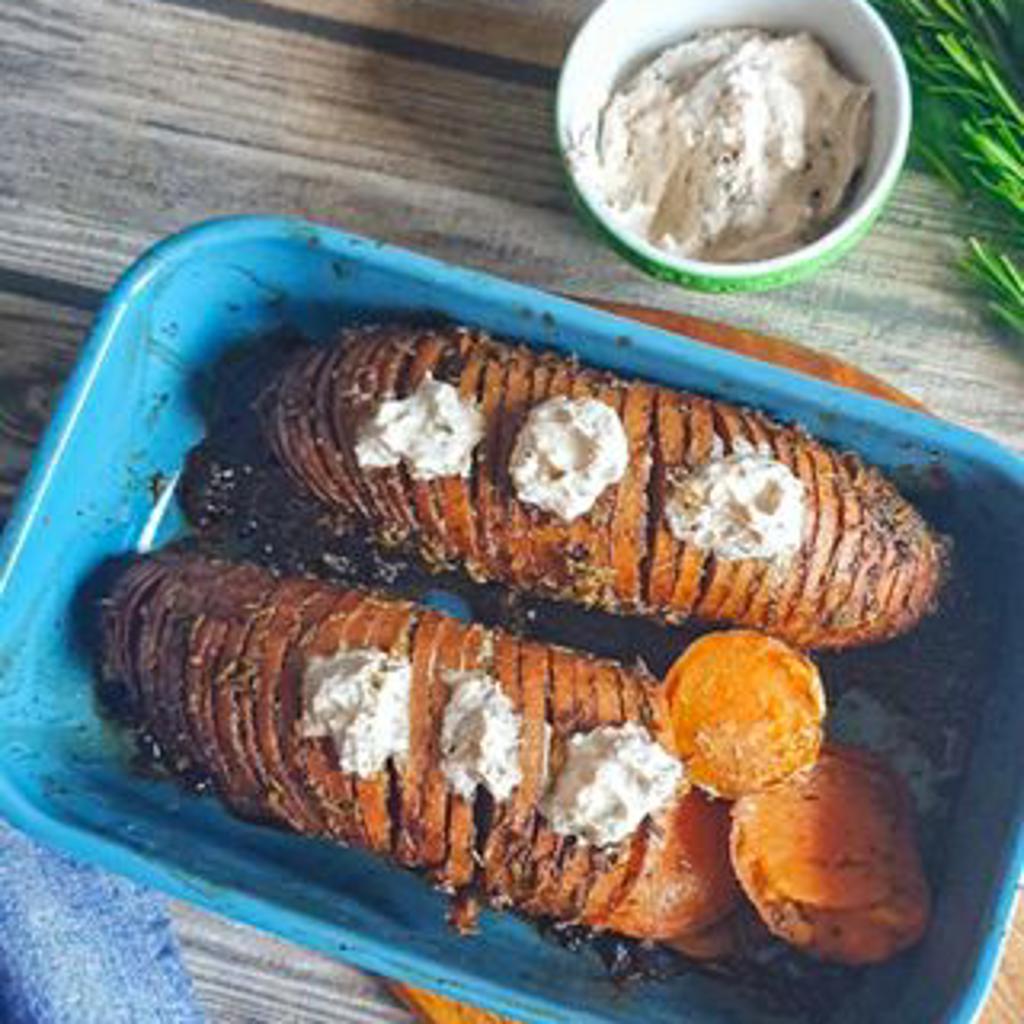
di_bina_in_meglio
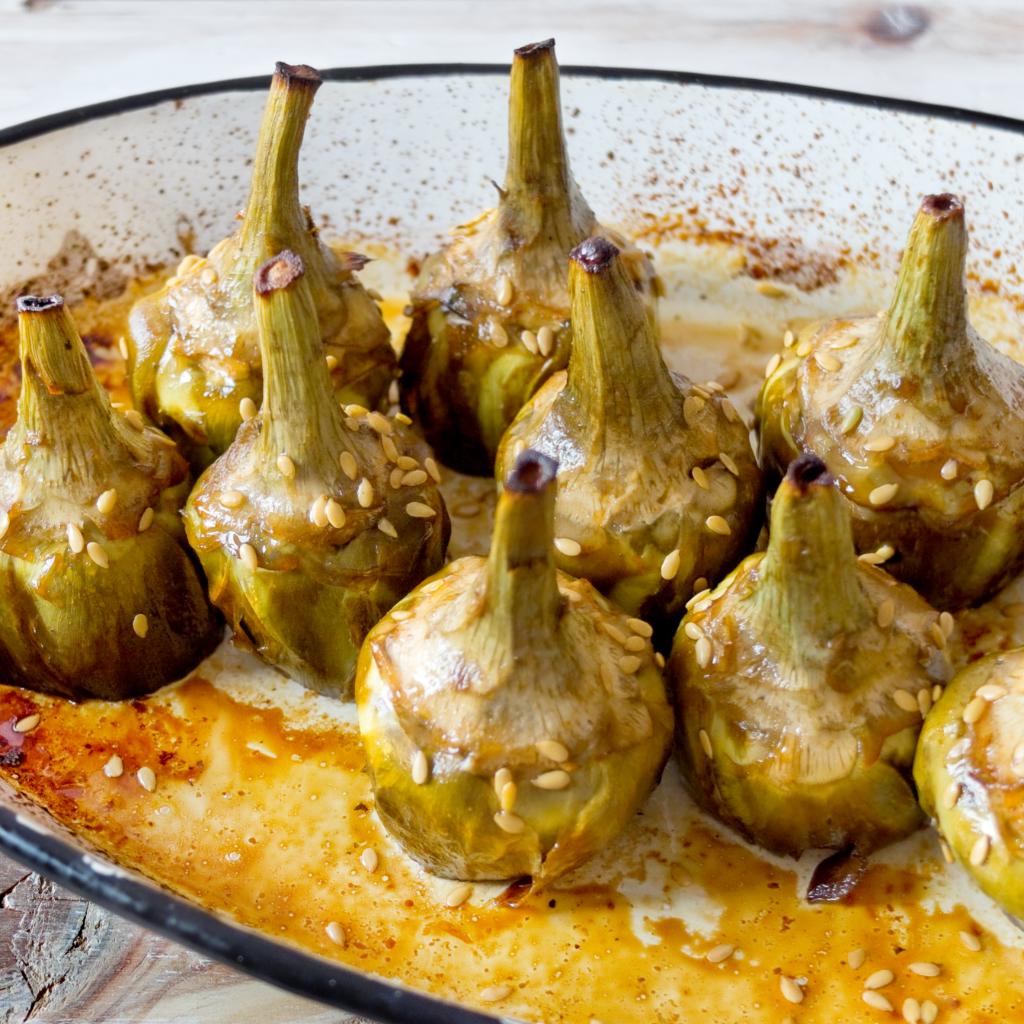

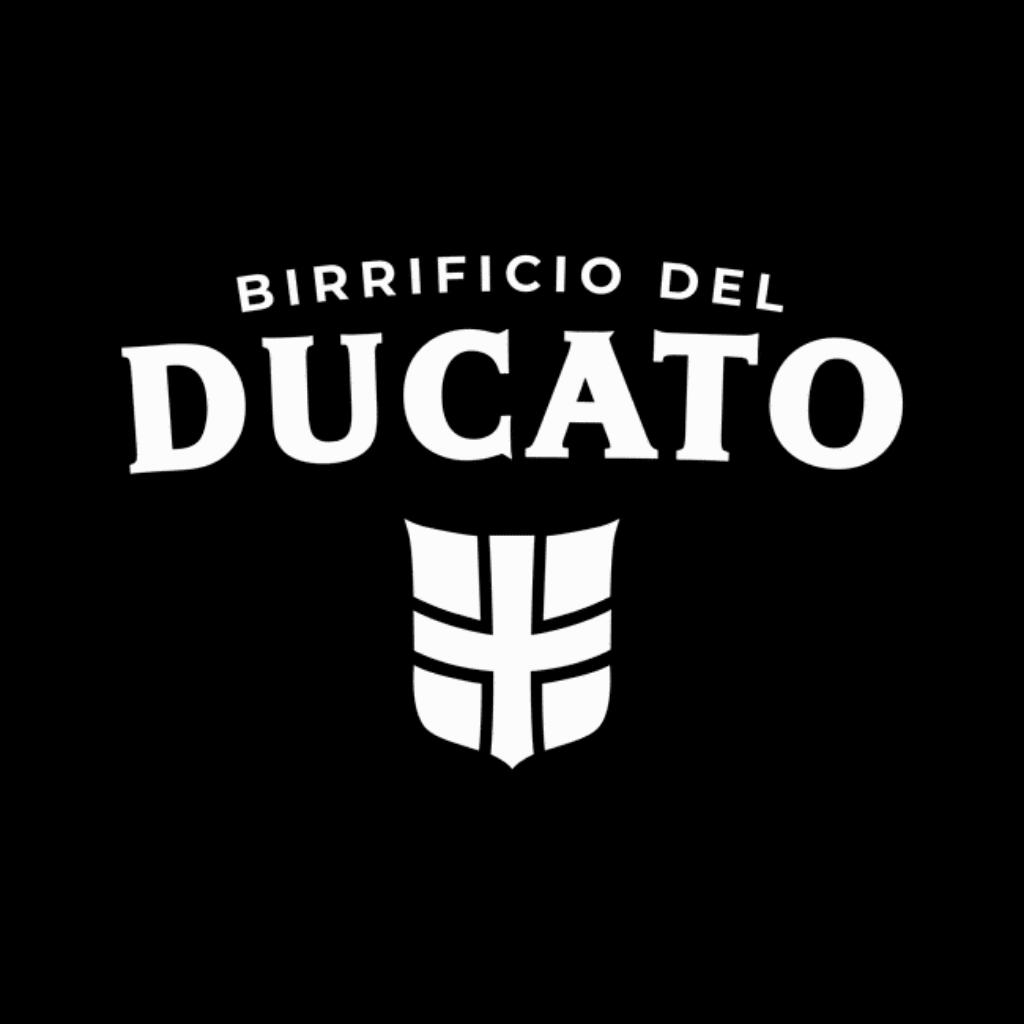
Spicy Mustard Chicken with Fennel and Gratinated Broccoli
BIRRIFICIO DEL DUCATO
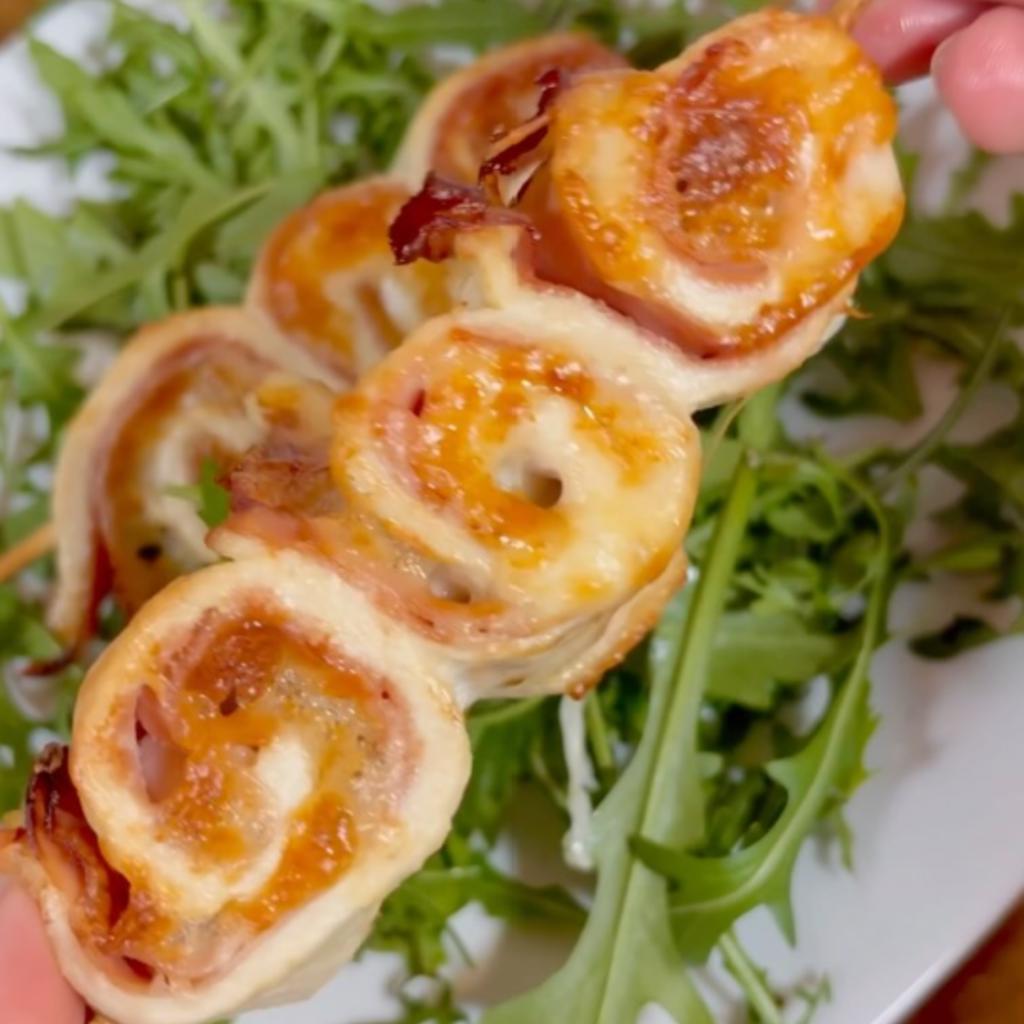
Chicken Skewers with Ham and Scamorza
Le ricette di Tuduu

Persaincucina

Viaggiando Mangiando